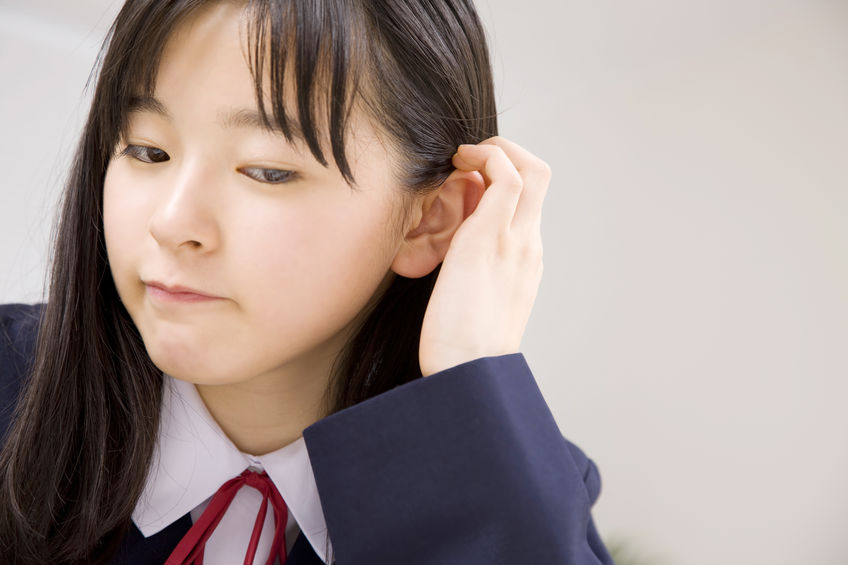Gakusei Meaning in Japanese

Gakusei Meaning in Japanese
What does “Gakusei” mean?
Understanding “Gakusei” (学生): A Dive into its Meaning and Significance
What does “gakusei” mean in Japanese? In the Japanese language, the term “学生” (gakusei) is commonly used to refer to a student. But, have you ever wondered what exactly “gakusei” entails and how it is differentiated from other related terms? Let’s delve into the deeper meanings and nuances of the word, “gakusei” drawing from Japanese legal references and educational contexts.
Legal Definition of Gakusei (学生)
While “gakusei” could generally refer to anyone studying in a school or educational institution, Japanese legal definitions offer a more specific context. According to the School Education Law and other relevant standards, the term “gakusei” predominantly refers to individuals studying in higher education institutions, such as universities, junior colleges, graduate schools and higher professional school. This definition helps distinguish “gakusei” from terms like “seito” (students in senior and junior high schools), “jido” (students from elementary schools) and “yōji” (toddlers).
General Meaning of Gakusei (学生)
In everyday parlance, “gakusei” refers to individuals enrolled in a school, especially in higher education. Commonly, this term encompasses university students, junior college students, and graduate students. Contrastingly, middle and high school students are called “seito” (生徒), elementary school students are termed “jido” (児童), and pre-elementary school children are referred to as “yōji” or “enji” (園児) if they attend kintergarden.
Students at vocational schools have special designations too. They can be called “senmon gakkousei” .
Treatment of “Gakusei” in School Education Law
While the School Education Law doesn’t explicitly define “gakusei”, it classifies schools into various categories, such as kindergartens, elementary schools, junior high schools, compulsory education schools, high schools, secondary education schools, special needs schools, universities, and advanced vocational schools. In this categorization, those studying are bifurcated as “jido”, “seito”, and “gakusei”. It specifically mentions that those studying in universities are considered “gakusei”.
Differentiating “Gakusei” from “Seito”
The general differentiation lies in the level of education. “Gakusei” usually refers to those in higher education institutions, whereas “seito” is used for those in middle and high schools. However, there are exceptions. At times, middle and high school students might be referred to as “gakusei”, and conversely, university students can be called “seito”.
Despite this, terms like “gakusei-shō” (student ID) or “gakusei-wari” (student discount) might still include middle and high school students even if “gakusei” is used in the term.
Related Terms to “Gakusei”
- Gakusei-shō (学生証): A student ID issued by schools to prove enrollment. It serves as an identity document and is often required to avail student discounts in public transportation and other services.
- Gakusei-fuku (学生服): This refers to the school uniform, especially worn by middle and high school students. It can specifically refer to the traditional male student uniform or can mean any clothing suitable for students.
In conclusion, while “gakusei” might seem like a straightforward term, it is deeply entrenched in Japan’s educational and legal systems, making it a rich word with nuanced interpretations. By understanding these nuances, one can appreciate the meticulous differentiation and categorization present in the Japanese language and culture.










